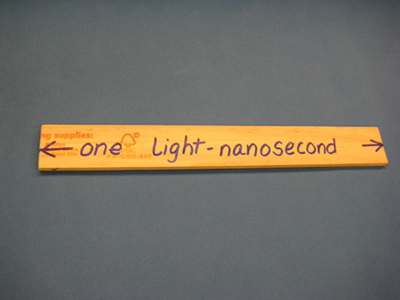Linux already has support for this, but it still has multiple limitations such as requiring multiple CPUs or including a hard limit for how many CPUs can be installed.
Assuming a consumer use case (single CPU socket, no real-time requirements) the easiest approach would be including an additional soft-off power state (S2/S3, but also setting the CPU into G3 and isolating things such as RAM), a way to prevent wake-up while the CPU is not connected, and a restart vector that lets the OS tell applications a CPU has been changed to let them safely exit code dependent on feature flags that may not be present. TPMs stay on the removed CPU, so anything relying on their PCRs gets hosed.
